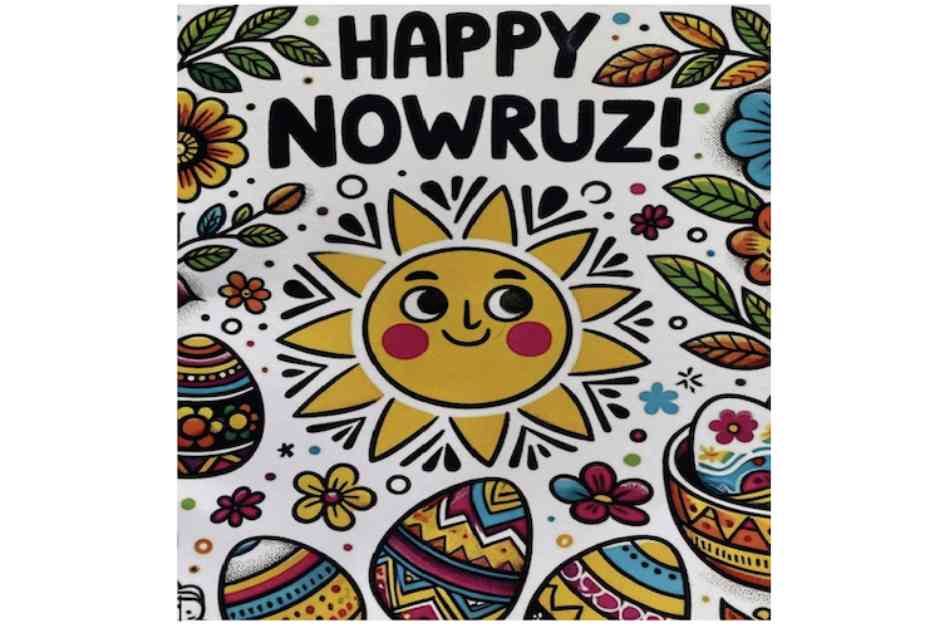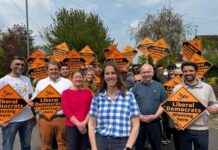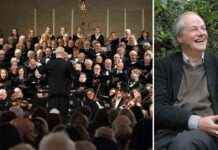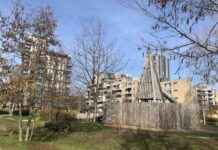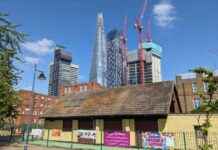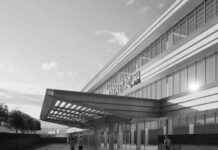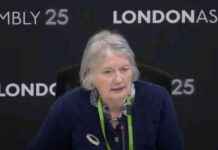Richard Derecki Embraces Nowruz in London
On March 20 at 9:01 AM, the sun made its way across the equator towards the north, signaling the vernal equinox. This significant moment in the year marked the transition to astronomical spring, with days gradually becoming longer than nights. Additionally, it heralded the beginning of Nowruz, a festive occasion that commemorates the first day of the new year on the Iranian calendar.
Nowruz, which translates to “new day,” is a cherished celebration observed by various communities across West and central Asia, the Caucasus, and the Balkans, with Iran being a focal point. Rooted in the ancient traditions of Zoroastrianism and Mithraism, this secular festival holds deep cultural significance. Despite the Islamic Republic’s reservations, Nowruz continues to be embraced by many, while facing opposition in nearby Afghanistan under the Taliban regime.
The essence of Nowruz lies in bidding farewell to the old year through a cleansing ritual, welcoming the new year with exuberance, and looking towards the future with optimism and hope. Central to the festivities are family gatherings, where special dishes like Sabzi Polo ba Mahi (saffron rice with herbs and fried fish) and Kuku Sabzi (herb omelette) take center stage.
One of the hallmark traditions of Nowruz is the Haft-Seen (or Haft-Sin) table, adorned with seven symbolic items, all starting with the letter “S” in Persian. Each item represents different facets of life and well-being, from garlic for health to an apple for beauty. Families come together during the first few days of the holiday, sharing tea, sweets, nuts, and fruits, with older relatives receiving special reverence. Children eagerly anticipate receiving Eidi, monetary gifts bestowed by elders as a token of good fortune for the new year.
The jubilant spirit of Nowruz, however, carries a bittersweet undertone for the Iranian diaspora in London. Many find themselves distanced from their extended families, perpetually concerned about their loved ones’ welfare in a politically turbulent Iran. The historical backdrop of the UK’s relationship with Iran adds complexity to this narrative, dating back to the 16th century and culminating in pivotal events like the 1953 coup against Prime Minister Mohammad Mosaddegh.
Over the decades, waves of Iranian immigrants have sought refuge and opportunity in the UK, shaping vibrant communities across London. The Iranian diaspora is a tapestry of diverse backgrounds, uniting through shared experiences of migration and cultural adaptation. Enclaves like “Little Tehran” in Finchley epitomize the fusion of Persian heritage with British urban life, thriving with restaurants, cafes, and community spaces that have become cultural landmarks.
The culinary landscape of London has seen a renaissance of Persian cuisine, transcending traditional kebabs to showcase intricate flavors and vibrant dishes. Leading this culinary movement is British-Iranian chef Sabrina Ghayour, celebrated for her innovative approach to Persian cooking. Her bestselling cookbook, Persiana, has captivated audiences worldwide, epitomizing the fusion of tradition and modernity in Iranian gastronomy.
While food serves as a unifying force, it also acts as a form of resistance in Iran, where culinary figures like Navab Ebrakimi face political scrutiny for their creative expressions. The arrest of Ebrakimi underscores the complexities of dissent in a repressive regime, where even recipes can carry symbolic messages of defiance. As Londoners indulge in Persian delicacies, they are reminded of the power of food to bridge cultural divides and ignite conversations on social change.
As you savor a steaming bowl of Khoresht-e-Karafs and revel in the delicate flavors of Persian cuisine, take a moment to reflect on the rich tapestry of traditions that define Nowruz. May this season of renewal inspire hope for a brighter future, uniting us in our shared humanity and aspirations for a world filled with peace and prosperity.

